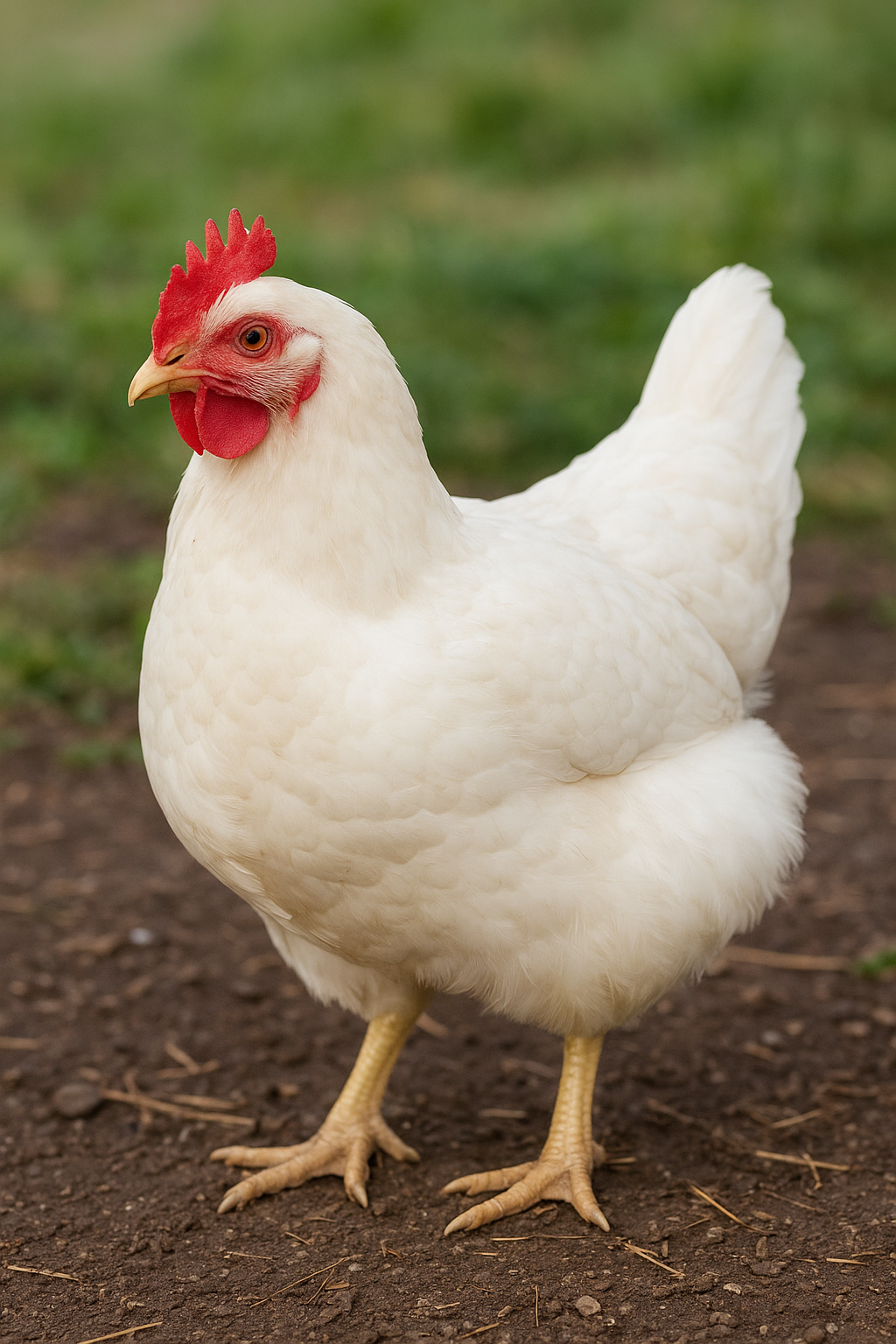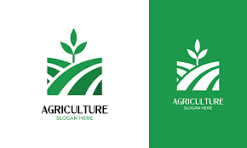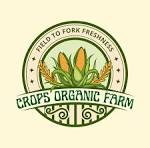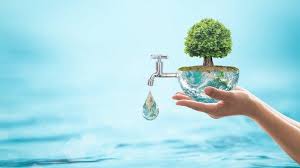Description of Poultry Production
Poultry production is the process of raising domesticated birds such as chickens, turkeys, ducks, and geese for meat (broilers), eggs (layers), or both (dual-purpose breeds).
 It is a major sector of the agricultural industry and plays a key role in global food security.
It is a major sector of the agricultural industry and plays a key role in global food security.
There are several systems of poultry production, including:
Intensive systems – Large-scale commercial operations with controlled environments, often using modern technologies to optimize production and efficiency.
Semi-intensive systems – Medium-scale setups combining elements of free-range and controlled housing.
Extensive or backyard systems – Small-scale or traditional methods where birds roam freely and production is mainly for home consumption or local markets.
Poultry production involves several stages:
1. Breeding and hatching – Selection of healthy parent stock and hatching chicks in incubators or naturally.
2. Brooding – Providing warmth, feed, and care for young chicks.
3. Growing – Feeding and managing birds until they reach market weight or egg-laying maturity.
4. Production and processing – Harvesting meat or collecting eggs, and processing them for sale or consumption.





 It is a major sector of the agricultural industry and plays a key role in global food security.
It is a major sector of the agricultural industry and plays a key role in global food security. It is a major sector of the agricultural industry and plays a key role in global food security.
It is a major sector of the agricultural industry and plays a key role in global food security. It is a major sector of the agricultural industry and plays a key role in global food security.
It is a major sector of the agricultural industry and plays a key role in global food security.
